Heeding the Herd: Detecting Elephants from Above
- European Space Imaging
- 1 February, 2021
VHR satellite imagery supplied by European Space Imaging to Isla Duporge, Lead Project Researcher from WildCRU at University of Oxford, has been combined with machine learning to establish a new methodology for monitoring elephant populations in heterogenous landscapes.
The population of African elephants has significantly fallen over the last century as a result of poaching, retaliatory killing from crop raiding and habitat fragmentation. With limited conservation assets available, reliable, accurate and up to date data numbers on the species is crucial to monitor population fluctuations and identify causes for decline. Unfortunately, existing monitoring techniques often results in inaccurate counts which can lead to a misallocation of scare resources and false population trends. However, remotely sensing elephants using Very High Resolution (VHR) satellite imagery and automated detection via deep learning provides a clearer and detailed picture of elephant population estimates. It is a cost effective and efficient method to accurately detect wildlife species in heterogeneous environments.
VHR Satellite Imagery Offers a New Approach
Satellite remote sensing offering a resolution of 30 – 50 cm has recently emerged as a new viable monitoring technique for detecting wildlife. It has been used to successfully identify and count several wild-life species in open, homogeneous landscapes and seas-capes. The benefits of using satellites are countless; WorldView satellites have the ability to capture large geographical locations in a single shot which is not only efficient, but also minimise the risk of double counting and miscounts. Satellites orbit in space and therefore are unobtrusive and negates the need for human presence on the ground that could potentially disturb the species being surveyed, a key concern for wildlife monitoring. Furthermore, image acquisition through remotely sensed satellites can be automated and are not subject to logistical complications such as securing civil aviation permits which can be difficult to acquire for cross border areas.
Automation Increases Accuracy
Remotely sensing elephants using VHR imagery and automating detection via deep learning can provide a fresh approach for surveying and simultaneously mitigate several key challenges associated with species monitoring such as incorrectly identifying wildlife and incorrect counts. This has been a game changer for ecologists becoming an indispensable tool to detect wildlife in imagery, however this methodology is largely still in its infancy. The method of deep learning used for this study was via a Convolutional Neural Network (CNN). This is a deep learning artificial neural network architecture that has been extensively used for object detection and recognition in recent years.
Evaluating Elephants via Crowdsourcing and CNN
Addo Elephant National Park in South Africa was chosen as the study site due to its spectrally complex heterogeneous background with large concentrations of elephants. Due to changing environment conditions and an array of postures, the location, shape and colour of the elephants are constantly changing making them more difficult to detect. Eleven satellite images acquired by WorldView-3, WorldView-4 over the years 2014 to 2019 were chosen. These images were first manually scanned to create the training dataset that would be used to identify the features for automatic extraction and determine a baseline. In order to ensure the absolute accuracy and efficiency of the CNN, the images were crowdsourced to 51 human volunteer annotators. Crowdsourcing, the act of taking advantage of local stakeholder knowledge through volunteering, is becoming more popular with satellite imagery analysis due to the sheer volume of spatial data available. The results from the human analysis were then compared to the CNN results. In addition, one GeoEye-1 image taken in Kenya in 2009 was included to test the generalizability of the CNN for broader image conditions.
“We just present examples to the algorithm and tell it, ‘This is an elephant, this is not an elephant. By doing this, we can train the machine to recognise small details that we wouldn’t be able to pick up with the naked eye.” ,”Dr Olga Isupova, Lead Project Researcher, University of Bath.
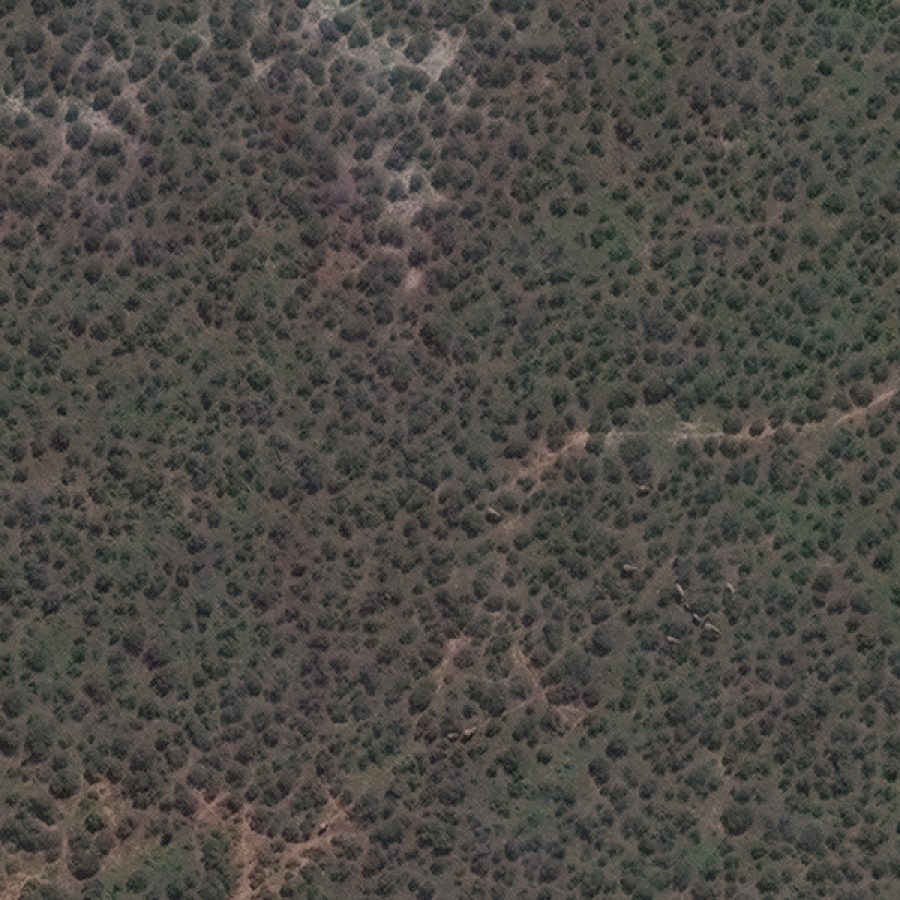
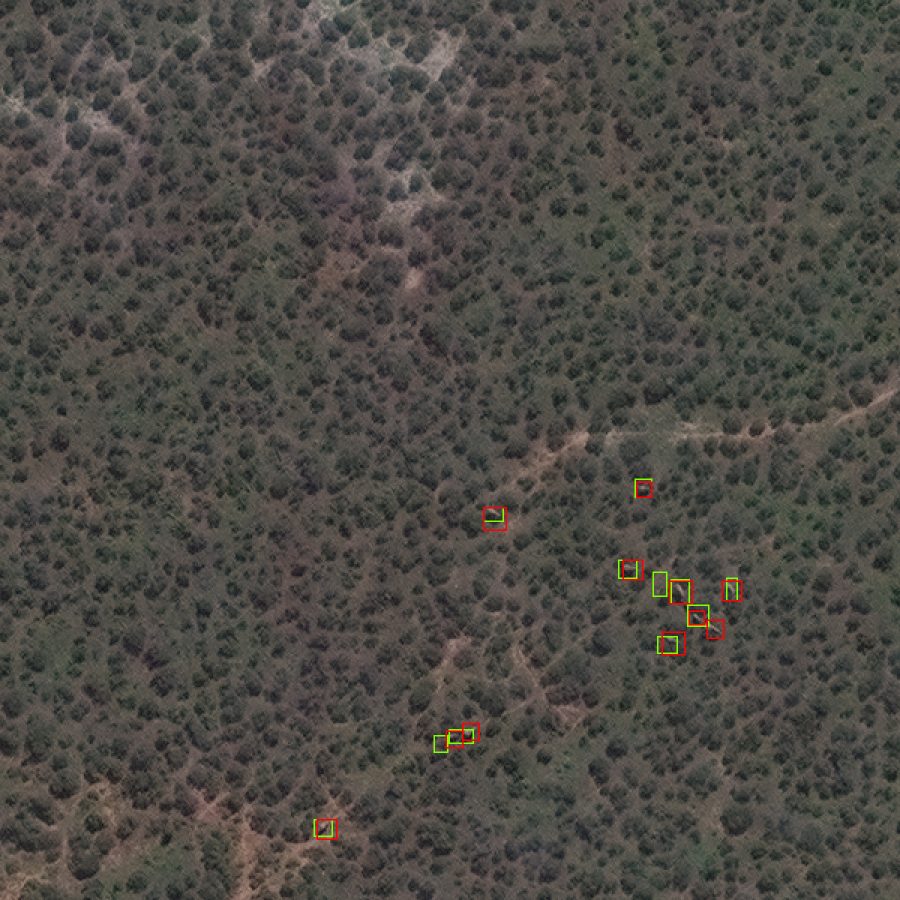
Example of elephant labels in a heterogenous area, Addo Elephant National Park, South Africa. Satellite imagery provided by European Space Imaging © 2020 Maxar Technologies
The Future
The results of this study conclude that for the first time in history, it is possible to automate detection of African elephants in both heterogeneous and homogeneous backgrounds with high accuracy by using VHR satellite imagery combined with deep learning via a Convolution Neural Network (CNN) model. More specifically, the detection accuracy achieved was as high as that of manual human inspection but with less variation in the consistency of detection for the CNN compared to human detection performance. The benefits of this monitoring technique are numerous; it is a cost-effective method of monitoring and large spatial extents can be covered in short time periods making repeat surveys and reassessments possible at short intervals. This methodology is now being implemented by several wildlife monitoring agencies to fast-track population estimates and more effectively allocate conservation resources.
"This ground-breaking work, will greatly improve our knowledge of savannah and bush-dwelling elephants."
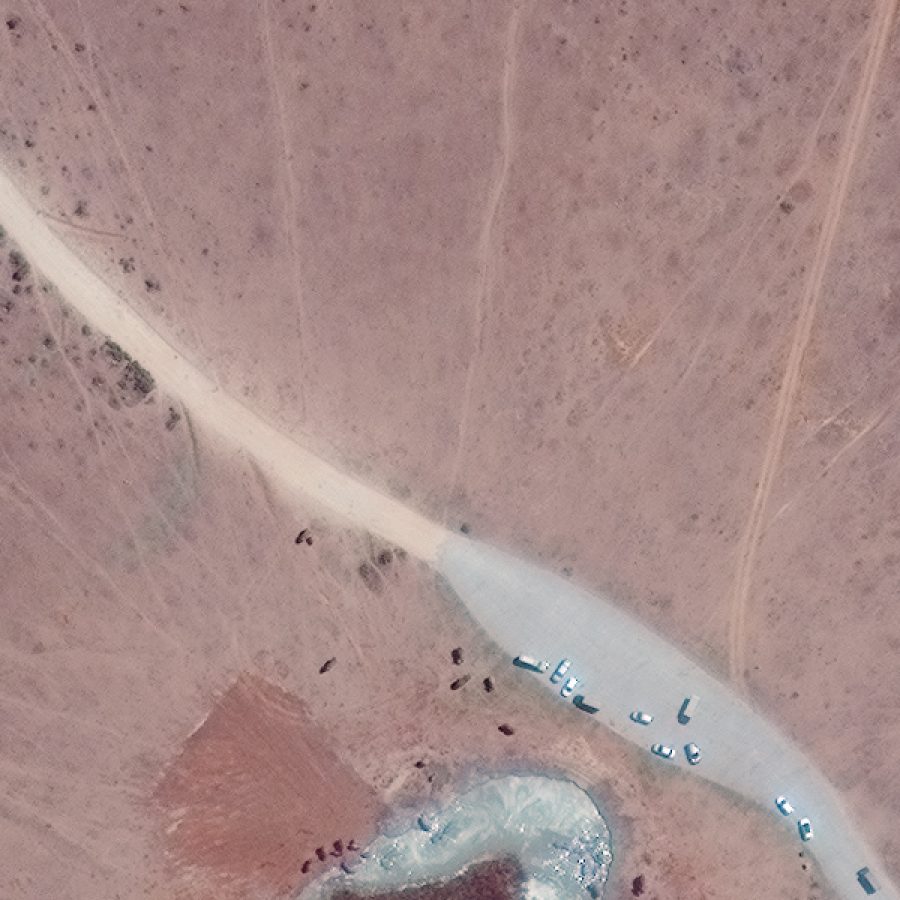
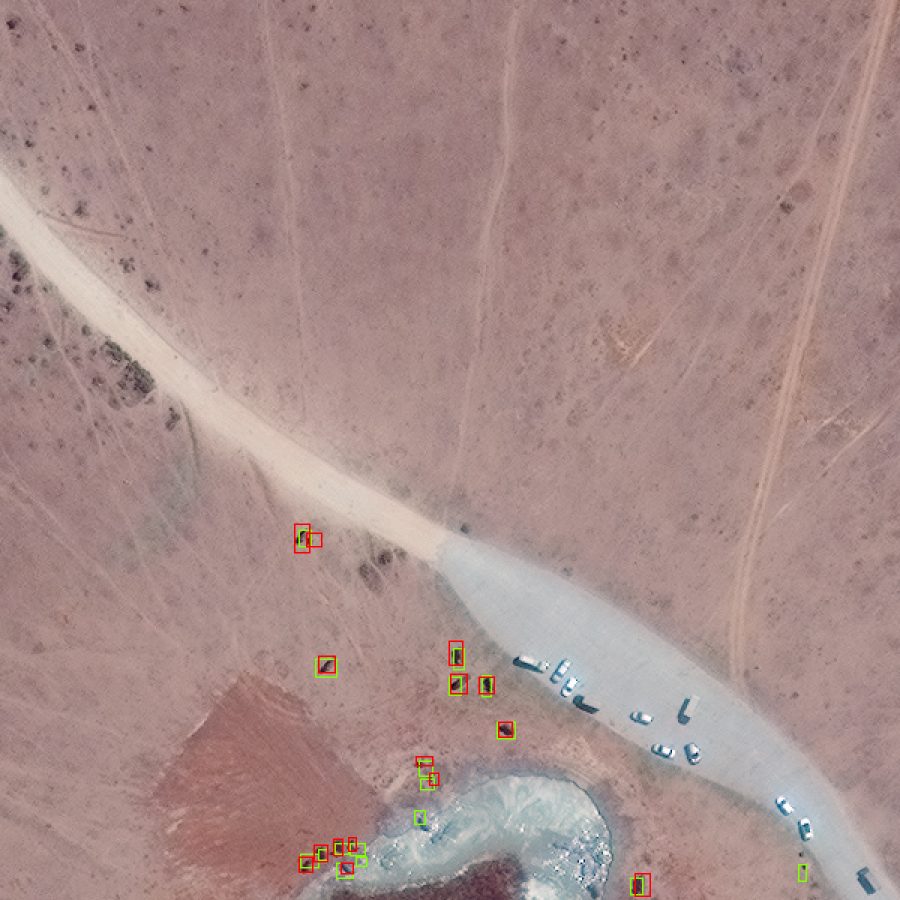
Example of CNN detections in Maasai Mara, Kenya from Geoeye-1 Satellite. Raw images on left and images with CNN detections (green boxes) and ground truth labels (red boxes) on right. Satellite imagery provided by European Space Imaging © 2020 Maxar Technologies
About WildCRU
Founded in 1986, WildCRU was the first university-based conservation research unit in Europe. It is part of the University of Oxford, within the Department of Zoology.Now with over 50 researchers, it has grown to be one of the largest and most productive conservation research institutes in the world and is recognised as a world leader in conservation. Their members have been drawn from more than 30 countries and their projects have a similarly international reach, ranging from the Scottish Highlands to Mongolia, West Africa and Borneo. To learn more visit https://www.wildcru.org/ or contact Isla Duporge at isla.duporge@zoo.ox.ac.uk
Related Stories
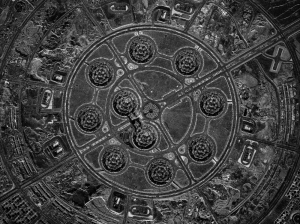
What is SAR Imagery? Introduction to Synthetic Aperture Radar
SAR imagery enables all-weather monitoring, penetrates dry soil, and offers resolution as high as 25 cm. Thanks to that, it’s invaluable for applications like emergency response, defence and intelligence, or agriculture. How does SAR work? What are its advantages and limitations? And what other data sources can you integrate it with? Read the article to learn more.
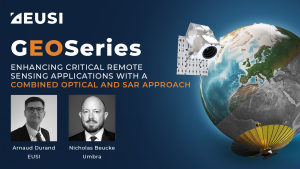
Enhancing Critical Applications With A Combined Optical and SAR Approach
For the first time in history, users can schedule synchronised collections of 25 cm SAR and 30 cm Near Real-Time optical imagery to mitigate weather and gain deeper insights of events unfolding on the ground. This is especially valuable for Emergency Response, GEOINT and other applications.
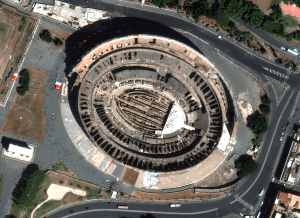
18 European Landmarks in Satellite Images
Satellite sensors captured unique architecture, breathtaking nature and centuries of history. Explore the Colloseum, La Sagrada Familia, the Leaning Tower of Pisa, and other landmarks.
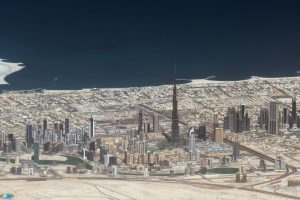
Understanding ONA in Satellite Imagery: What is Off Nadir Angle and What Is It Used For?
Off Nadir Angle (ONA) plays a crucial role in the quality of optical satellite imagery. It influences its resolution and clarity, decides the visibility of features, and makes it easier or harder to identify objects. Moreover, ONA is used to create stereo imagery and 3D models of the Earth’s surface. Read on to learn more.





